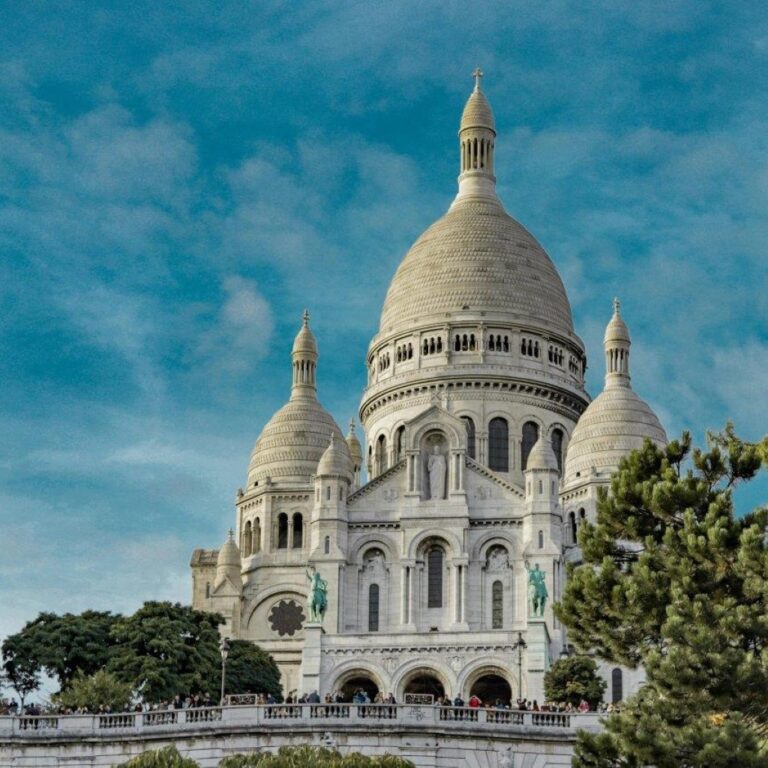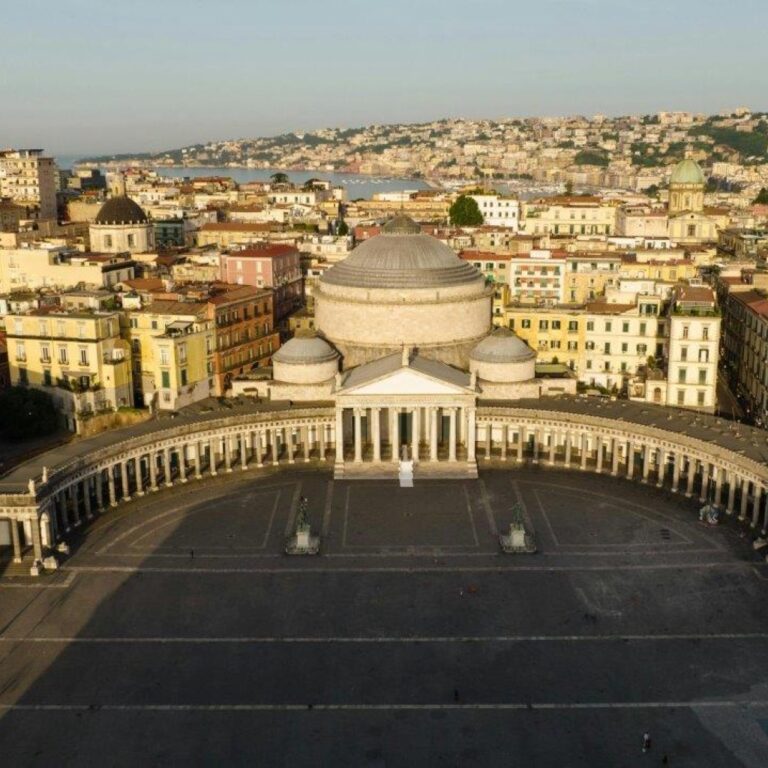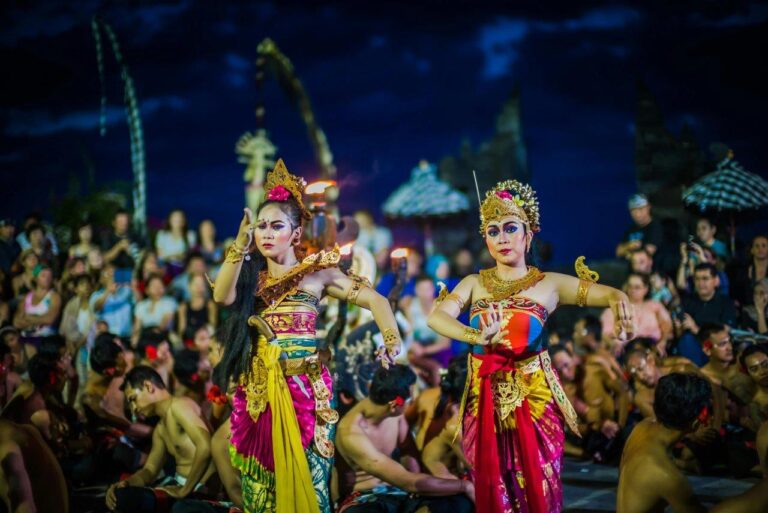The Sacré-Cœur Basilica, also known as the Basilica of the Sacred Heart of Paris, is situated at the summit of Montmartre, the highest point in the city.
Construction of the basilica began in 1875 and was completed in 1914, but it was not consecrated until after World War I in 1919.
The basilica was designed by architect Paul Abadie, who won a competition to design the new basilica, and features a Romano-Byzantine architectural style.
The basilica's distinctive white appearance comes from the Château-Landon stone, which whitens with age and exposure to water.
The dome of Sacré-Cœur offers one of the most spectacular panoramic views of Paris, stretching up to 30 kilometers (18 miles) on a clear day.
The basilica houses one of the world's largest mosaics, the 'Christ in Majesty,' which covers the apse ceiling and depicts the risen Christ with outstretched arms.
Sacré-Cœur is open 24 hours a day, and since 1885, the basilica has maintained a continuous prayer vigil, with someone praying at all times.
The basilica's bell, known as the Savoyarde, is one of the heaviest in the world, weighing about 19 tons and cast in 1895 in Annecy, France.
Sacré-Cœur was built as a symbol of hope and reconciliation after the Franco-Prussian War and the Paris Commune, serving as a penance for the suffering caused during these conflicts.
The basilica's interior is adorned with beautiful stained glass windows, although many were destroyed during World War II and later replaced.
The crypt of Sacré-Cœur contains statues, relics, and an exhibition on the history of the basilica and the Montmartre area.
Montmartre, the neighborhood surrounding Sacré-Cœur, has long been associated with artists and bohemians, and the area remains a vibrant cultural hub.
The basilica attracts millions of visitors each year, making it one of the most visited sites in Paris.
The exterior of Sacré-Cœur features several bronze statues, including those of Saint Louis and Joan of Arc on horseback.
The basilica's construction was funded entirely by private donations from Parisians and Catholics from around the world, demonstrating its significance to the community.



